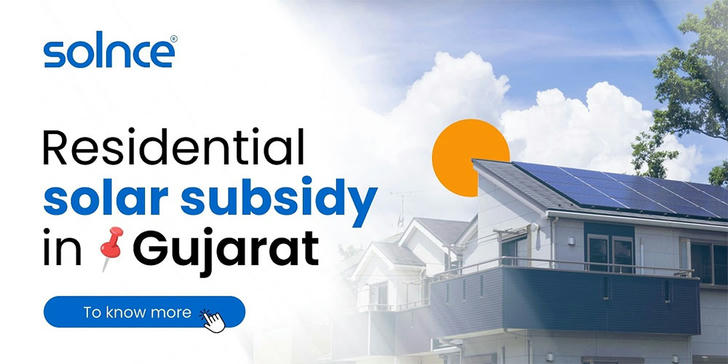Making Sense of Residential Clean Energy Tax Credits: A Practical Guide to Maximize Your Savings ✨
Understanding residential clean energy tax credits can be overwhelming due to the complexity of policies, qualification rules, and financial planning involved. This guide breaks down essential aspects to help homeowners and renters confidently navigate eligibility, qualified expenses, and the application process. By clarifying these points, readers can make informed decisions to maximize their savings while contributing to clean energy adoption. 🔍

📌 Breakdown of the Residential Clean Energy Credit and Its Timeline
The Residential Clean Energy Credit covers 30% of costs for new, qualified clean energy property installed in a home from 2022 through 2032.
After 2032, the credit percentage declines gradually:
26% in 2033
22% in 2034
The credit is nonrefundable: it reduces tax owed but does not generate a refund.
If the credit exceeds tax liability, unused amounts can be carried forward to future tax years.
Generally, there are no caps on the credit amount except for fuel cell property, which has specific limits based on capacity and occupancy.
This timeline allows homeowners to strategically plan clean energy investments over the next decade. 📈
Credit Limits for Fuel Cell Properties
The subsidy cap is $500 per 0.5 kW of fuel cell capacity. If multiple people live in the house, the total subsidy for all residents shall not exceed $1,667 per 0.5 kW of fuel cell capacity.
✅ Who Qualifies: Key Eligibility Criteria for Homeowners and Renters
Eligibility extends to homeowners and renters making qualifying improvements to their main residence in the U.S.
The main home is where a person lives most of the time.
Landlords or property owners not residing in the home are not eligible.
Some second homes used part-time and not rented may qualify, but:
- Fuel cell credits are excluded for these and homes outside the U.S.
Properties used solely for business purposes are ineligible.
Homes partially used for business can claim credit proportionally based on nonbusiness use.
This broad eligibility ensures many residents can benefit, provided improvements meet rules. 🏠
🔧 What Expenses Count: Qualified Clean Energy Property and Costs Explained
Qualified expenses include purchase and installation of new clean energy property such as:
Solar electric panels
Solar water heaters
Wind turbines
Geothermal heat pumps
Fuel cells
Battery storage systems (eligible starting 2023)
Only new property qualifies; used or previously owned equipment does not.
Labor expenses related to onsite preparation, assembly, original installation, and necessary piping/wiring are included.
Conventional building components mainly structural do not qualify, except solar roofing tiles and shingles that generate energy.
When calculating credit, subtract any rebates, subsidies, or financial incentives that reduce purchase price, including utility subsidies.
Understanding these rules is essential for accurate credit claims. 💡
📊 Navigating Installation Standards and Certification Requirements
Certain clean energy property must meet specific standards and certifications:
Solar water heaters: certified by the Solar Rating Certification Corporation or similar state entity.
Geothermal heat pumps: comply with Energy Star standards effective at purchase.
Battery storage: minimum capacity of 3 kilowatt-hours.
These standards ensure efficient, reliable systems qualify for tax incentives.
Confirm equipment meets criteria before installation to avoid disqualification and maximize credit. ⚙️
📝 Step-by-Step Process to Claim Your Tax Credit Accurately
Claim the credit by filing IRS Form 5695, Residential Energy Credits, with your tax return for the year installation is completed.
The credit applies in the tax year of installation completion, not purchase date.
Keep accurate documentation of:
Installation dates
Qualified expenses
Any financial incentives received
The IRS provides detailed instructions and guides to help complete Form 5695 correctly.
